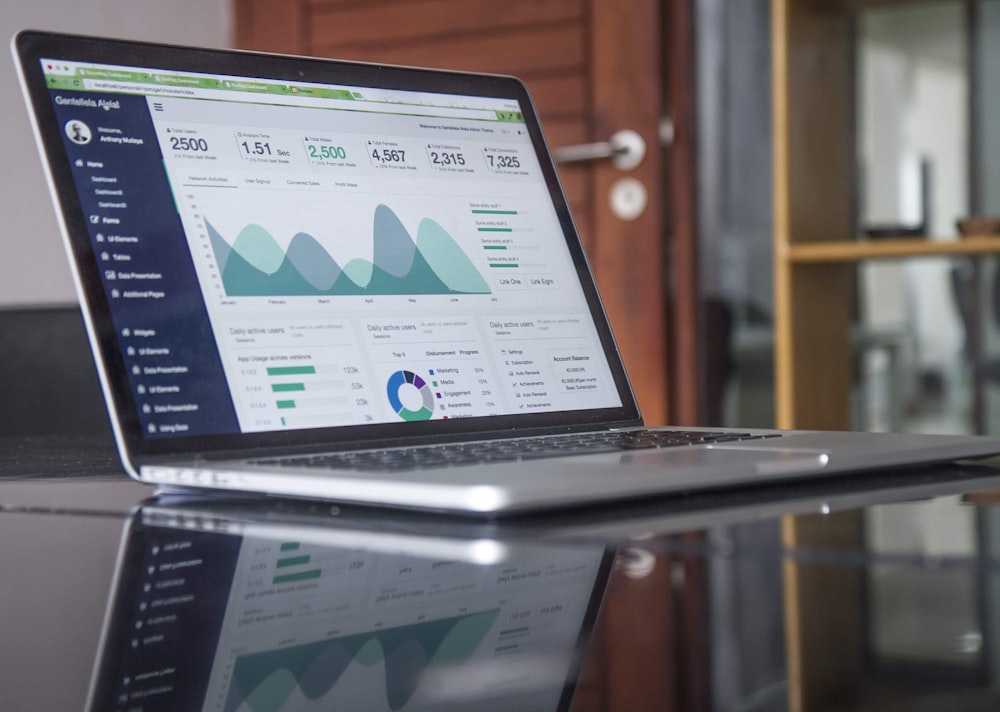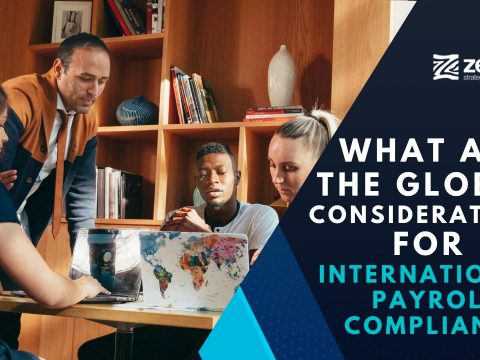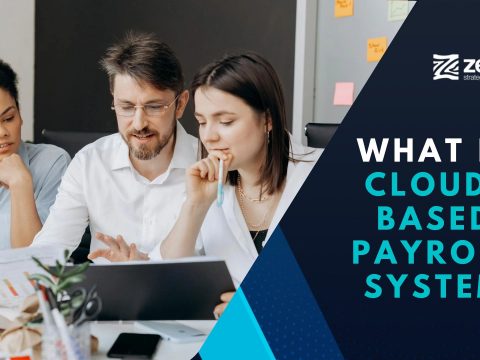
Effective workforce planning and forecasting are essential for organizations to align their human resources with business goals and ensure optimal operational efficiency. In today's digital age, electronic Human Resource Information Systems (eHRIS) significantly facilitate workforce planning and forecasting processes. This article examines how eHRIS supports organizations in making informed decisions about their workforce needs, optimizing resource allocation, and driving long-term success.
1. Accurate Data for Informed Decision Making
Workforce planning and forecasting heavily depend on accurate and up-to-date data. The eHRIS system is a central repository for employee information, including demographics, skills, qualifications, and performance history. By using this data, HR professionals can analyze trends in the workforce, identify gaps in skills, and make well-informed decisions regarding recruitment, training, and talent development. The real-time data availability in the eHRIS system allows organizations to align their workforce with strategic objectives and effectively adapt to changing market conditions.
2. Workforce Demand and Supply Analysis
An eHRIS (electronic Human Resource Information System) offers the essential tools for conducting a thorough analysis of workforce demand and supply. By examining business projections, market trends, and internal data, HR professionals can determine the future requirements of the workforce. eHRIS allows organizations to forecast the demand for specific job roles, skills, and competencies. At the same time, it assists in evaluating the current workforce supply and identify potential shortages or surpluses. This analysis helps organizations address workforce gaps proactively, optimize recruitment strategies, and plan for future talent needs.
3. Succession Planning and Talent Management
eHRIS plays a crucial role in succession planning and talent management initiatives. With eHRIS, HR professionals can identify employees with high potential, track their career progression, and create succession plans for important positions. Organizations can nurture internal talent, address skill gaps, and ensure a seamless transition when key employees depart or assume new roles by utilizing data on employee skills, performance, and potential. eHRIS simplifies the identification of successors, enables talent development efforts, and promotes long-term workforce stability.
4. Scenario Planning and Modeling
eHRIS allows organizations to perform scenario planning and modeling exercises for workforce planning. HR professionals can simulate different scenarios, such as business expansion, downsizing, or changes in market demand, and evaluate their impact on the workforce. eHRIS provides the required data and analytics capabilities to assess various workforce configurations, costs, and project outcomes. This enables organizations to make informed decisions based on data, anticipate potential risks, and develop contingency plans to effectively adapt to changing business dynamics.
5. Skills and Competency Management
Effective workforce planning necessitates a thorough comprehension of the skills and competencies available within the organization. eHRIS assists in managing skills and competencies by offering a holistic perspective of employee capabilities. HR professionals can pinpoint crucial skill gaps, evaluate training requirements, and synchronize learning and development initiatives with strategic objectives. eHRIS empowers the creation of skill matrices, competency frameworks, and employee development plans. Organizations can cultivate a resilient and adaptable workforce by proactively addressing skill shortages and enhancing employee capabilities.
6. Historical Data Analysis and Trend Identification
eHRIS (Electronic Human Resources Information System) stores historical data on employees' performance, turnover, promotions, and other relevant factors. HR professionals can use this data to identify historical trends and patterns, leading to more accurate workforce forecasting. Organizations can anticipate turnover rates, identify retention strategies, and plan for future workforce needs by analyzing past workforce dynamics. eHRIS provides the tools to generate reports, visualize data, and identify workforce trends, enabling proactive decision-making and reducing reliance on reactive measures.
7. Integration with Strategic Planning
eHRIS integration with strategic planning processes is vital for efficient workforce planning. By aligning workforce planning with organizational goals, eHRIS helps organizations ensure that their human resources contribute to the overall business strategy. eHRIS provides data and insights that inform strategic decision-making, such as market expansion plans, product launches, or technology adoption. Organizations can optimize resource allocation, enhance agility, and foster sustainable growth by incorporating workforce planning into the strategic planning process.
Conclusion
Workforce planning and forecasting are crucial for organizations to navigate the changing business landscape and achieve long-term success. eHRIS plays a vital role in supporting these processes by providing accurate data, facilitating analysis of demand and supply, enabling succession planning and talent management, supporting scenario planning and modeling, enhancing skills and competency management, analyzing historical data, and integrating with strategic planning. By leveraging eHRIS capabilities, organizations can optimize their workforce, align human resources with business objectives, and proactively address workforce challenges and opportunities. Effective workforce planning with eHRIS empowers organizations to build a skilled, agile, and future-ready workforce, positioning them for sustainable growth in a competitive marketplace.
How Zebra can help?
Zebra's eHRIS is a powerful tool that significantly assists workforce planning and forecasting. With its robust features and user-friendly interface, Zebra's eHRIS provides the tools and data to manage your workforce and make informed decisions effectively.
One of the main advantages of using Zebra's eHRIS is its ability to simplify the workforce planning process. Centralizing employee data in one system allows you to easily access and analyze information such as employee demographics, skills, and performance metrics. This comprehensive view of your workforce will enable you to identify trends, anticipate future needs, and make proactive decisions to optimize your workforce.
In addition to workforce planning, Zebra's eHRIS also offers powerful forecasting capabilities. The system can generate accurate forecasts for various workforce metrics such as headcount, turnover rate, and productivity using historical data and advanced algorithms. These forecasts provide valuable insights into future workforce needs, enabling you to allocate resources effectively and plan for potential challenges.
Furthermore, Zebra's eHRIS goes beyond just planning and forecasting. It also provides a range of additional features to support your workforce management efforts. These include automated scheduling, performance tracking, talent management, and employee self-service functionalities. By integrating these features into your daily operations, you can enhance efficiency, improve employee engagement, and promote a culture of continuous improvement.
In conclusion, Zebra's eHRIS is a comprehensive solution that empowers organizations with effective workforce planning and forecasting capabilities. By leveraging its advanced features, you can optimize your workforce, make data-driven decisions, and stay ahead in today's dynamic business environment.







